Setting makeup with hairspray
For many years many of us used hairspray to set makeup. But although it may give the illusion of keeping it in place, it’s actually packed with alcohol and chemicals that are detrimental to the skin.
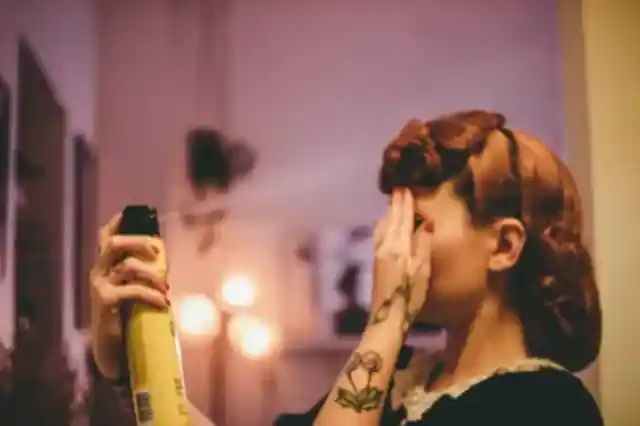
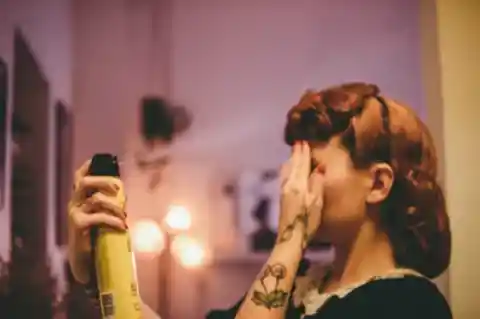
It can lead to clogged pores, breakouts, and premature aging. With such a plethora of setting sprays available today specifically for makeup, there’s no need to resort to hair products anymore.
Avoiding SPF
In the past, SPF products might have been avoided because they could give a white cast or feel too greasy. But skipping sun protection can have severe repercussions for the skin.
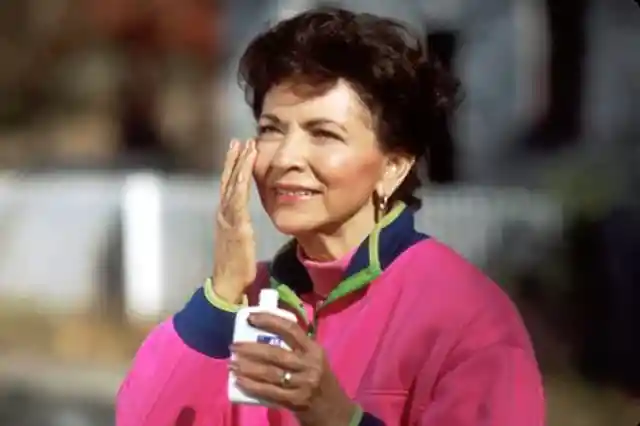
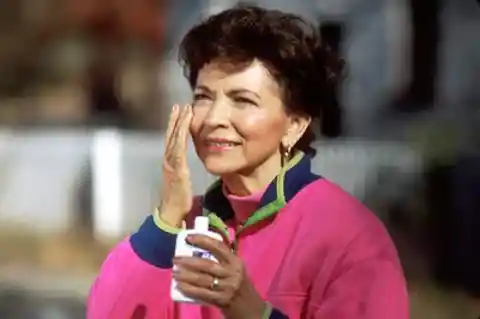
Today’s SPF formulations are lightweight and are often integrated into primers, foundations, and setting sprays. Sun protection is non-negotiable for your skin’s health, and there’s no longer any excuse not to incorporate it daily.
Crimped hair as a frame
Though this is more a hair technique than makeup, the combo can scream outdated. Crimped hair, especially when framing the face, paired with certain makeup styles, can be a time warp.
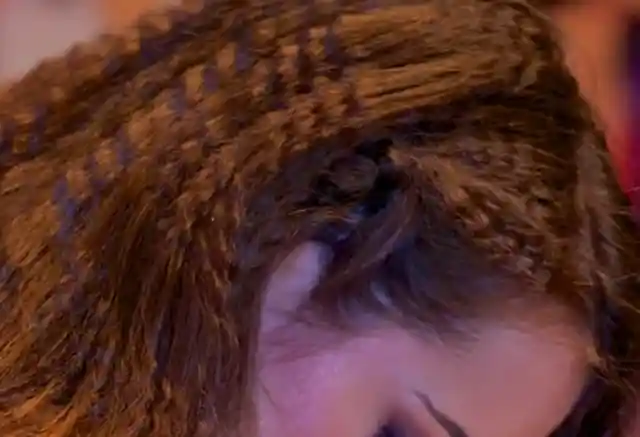
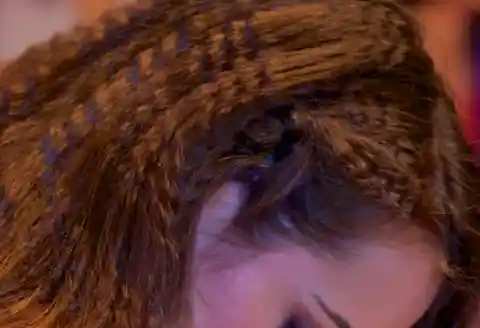
Today’s hair trends lean towards more natural waves, sleek styles, or gentle curls. But if you’re ever in the mood for a retro party, by all means, crimp away!
Stark lip liner
Remember the 90s, where dark lip liners paired with a dramatically lighter lipstick was all the rage? It’s a look that can now seem disconnected and pretty stark, and can take away from the harmony of the makeup.
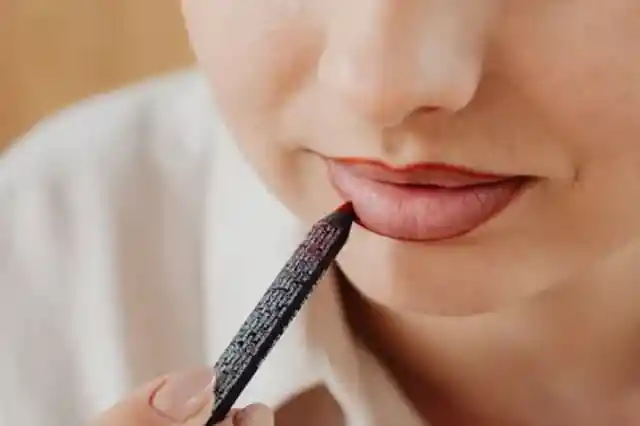
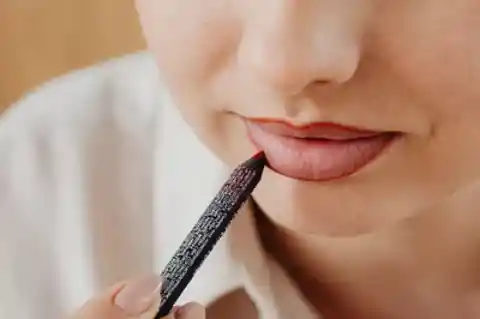
So, if you’re keen on contouring your lips, consider using a lip liner that’s only a shade or two darker than your lipstick.
White eyeliner
White eyeliner was once used to make eyes appear larger and more awake. But it can often come off as too harsh and stark, especially on deeper skin tones.
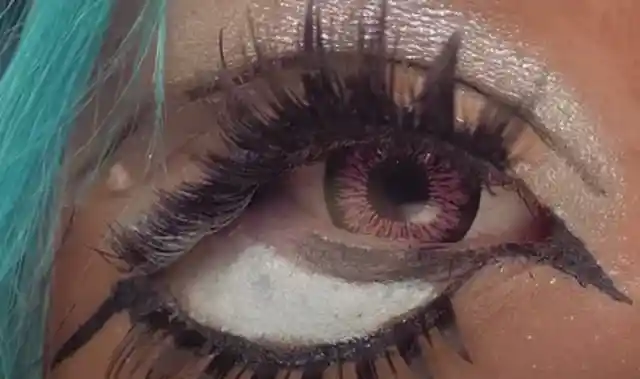
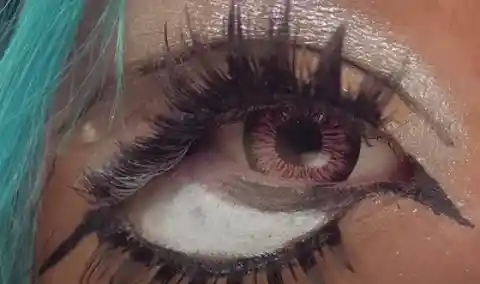
Swap the white for nudes or tans on the waterline. These shades still brighten the eyes but in a softer, more natural way.
Using lip liner only
Drawing the outline of the lips and then leaving it at that – without any accompanying color inside -can look unfinished and draws undue attention to the lip line.
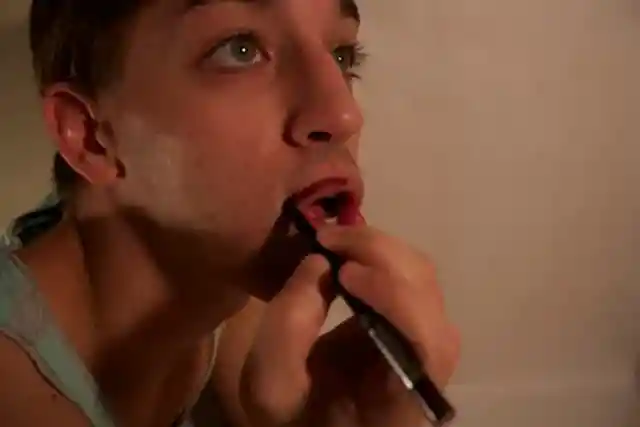
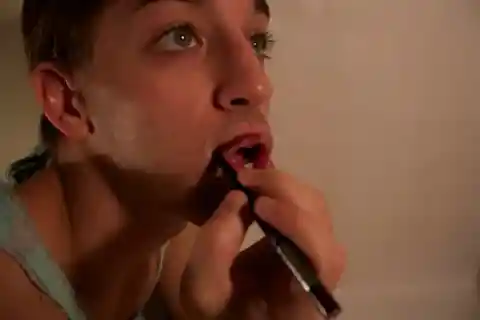
Lip liners are great for defining and even altering the shape of your lips, but make sure you complete the look. Fill in with a complementary lipstick or gloss to give your lips dimension and a cohesive look.
Too much highlighter
While we all love a good glow, going overboard with the highlighter can unfortunately transition from a fresh, dewy look to an almost greasy appearance.
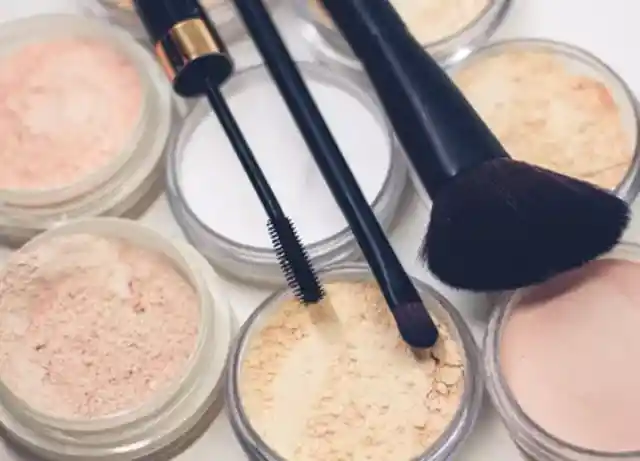
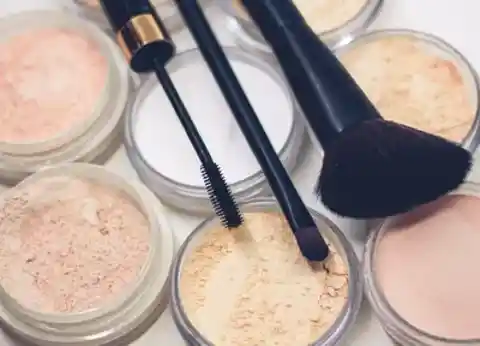
Remember, less is often more. Opt for strategic placement: the high points of your cheeks, bridge of the nose, and cupid’s bow. Go for a buildable highlighter that you can layer without overdoing it.
Skipping primer
Skipping the primer step and diving straight into foundation or eyeshadow can result in makeup that doesn’t last as long, or that doesn’t sit as well on the skin.
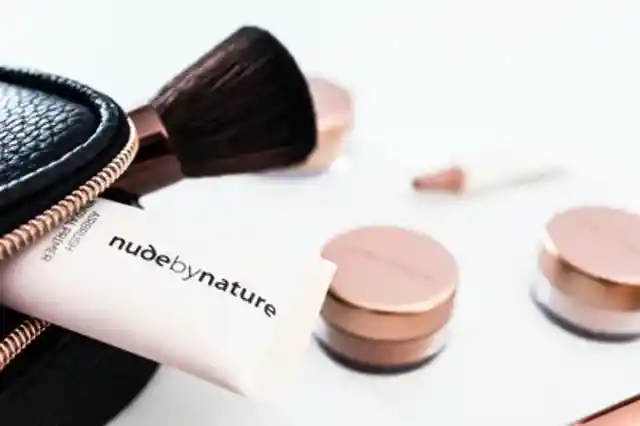
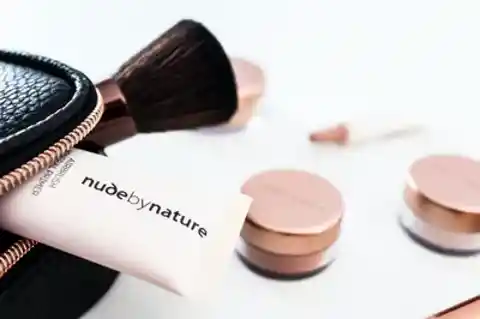
Consider a primer that suits your skin type. Not only does it prep your skin, but it also ensures your makeup stays put for longer, giving you that freshly-applied look throughout the day.
Caked on foundation
In the past, the quest for full coverage often led many to use thick, matte foundations. These foundations often settled into fine lines and pores, giving the skin a cakey and unnatural appearance.
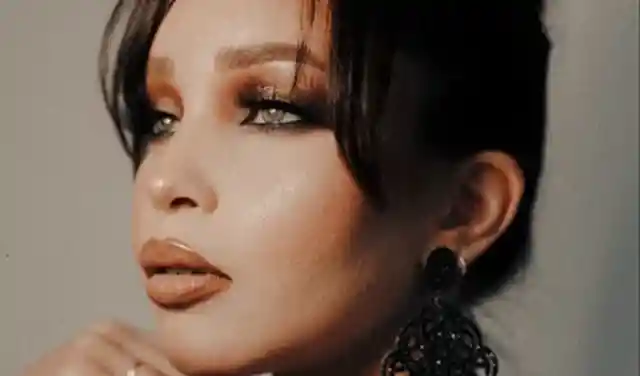
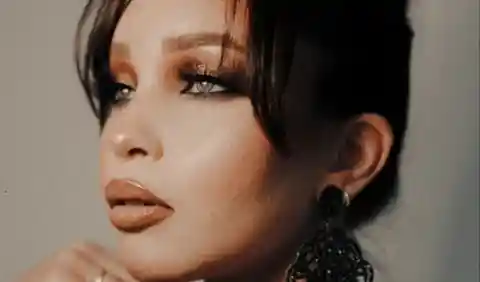
The trend today leans towards skin that looks like skin. Look for lighter formulas, be it tinted moisturizers, BB creams, or lightweight foundations, that let the skin breathe and provide a more natural, dewy finish.
Overusing the blue eyeshadow
The iconic full-lid bright blue was a signature look of the 80s. While nostalgic, it can sometimes feel out of place in today’s more refined makeup trends.
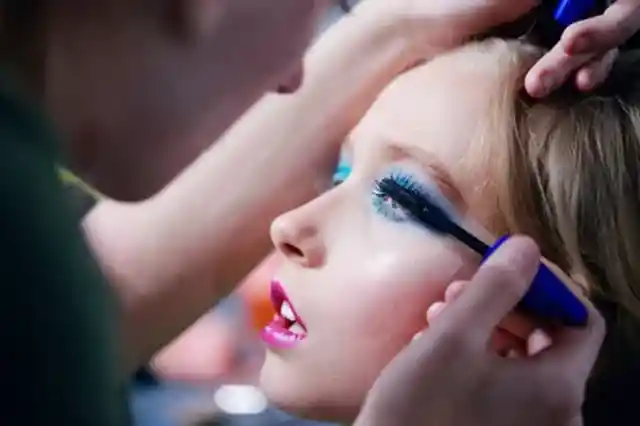
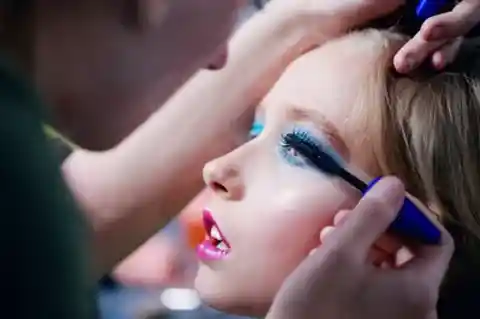
Blue can still look beautiful, but try using a muted navy or teal as a liner or in the outer crease, and blend it well. If you’re in the mood for a bold blue, consider pairing it with neutral tones to balance the look.
Panda eyes
Dark eyeshadow and liner enveloping the eyes could end up looking heavy and diminish the eyes’ natural sparkle. Opt for a smoky eye with gradient tones, lighter at the inner corner, and darkening outwards.
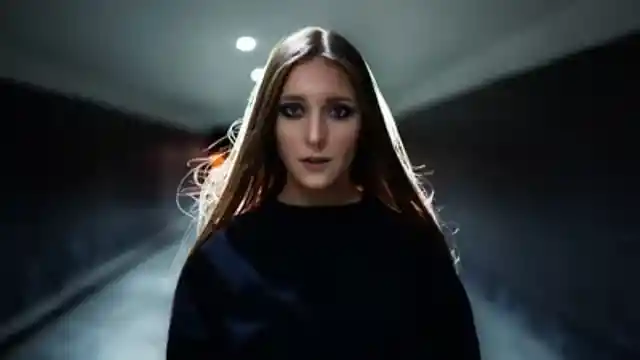
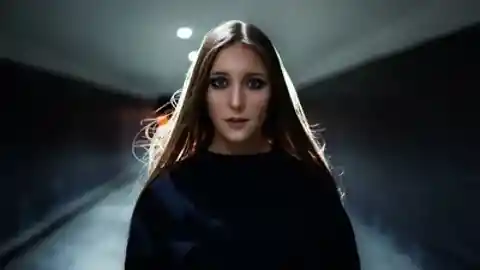
And remember, smudging is your friend! Blend those edges to avoid any harsh lines.
Tanning overload
A deep tan is often sought after for that sun-kissed glow, but overdoing bronzer or tanning products might border on the orange side and look unnatural.
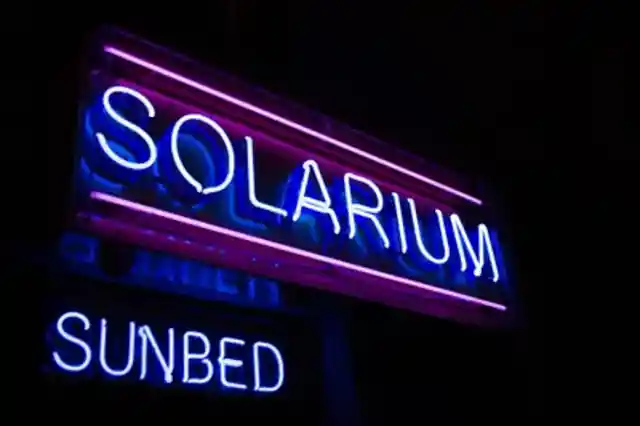
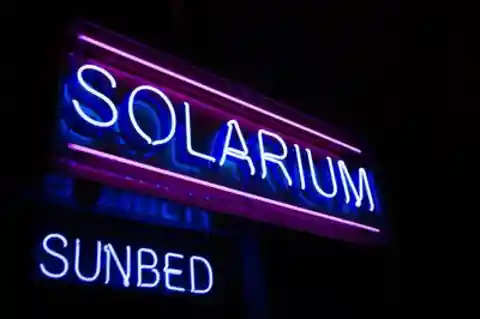
Remember, natural is in these days! Embrace a bronzer that’s just a couple of shades darker than your skin tone. Applied lightly on the high points where the sun naturally hits will give you that gentle, radiant warmth.
Spider lashes
Multiple coats of mascara, while intending to volumize, could lead to lashes clumping together, resembling spider legs
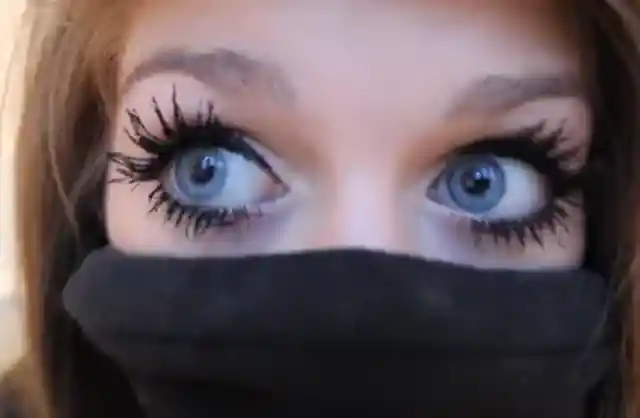
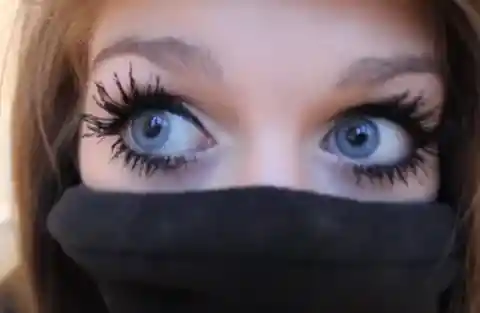
. Search for mascaras that promise both volume and separation. A good eyelash comb can also be a lifesaver, helping separate lashes between coats.
Unblended blush
Harsh stripes of blush on the cheeks might recall stage makeup more than a natural blush flush. Choose a blush tone that complements your skin and remember to blend upwards and outwards using a fluffy brush.
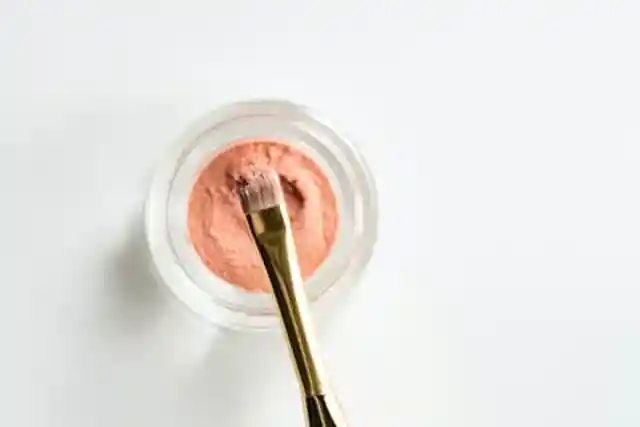
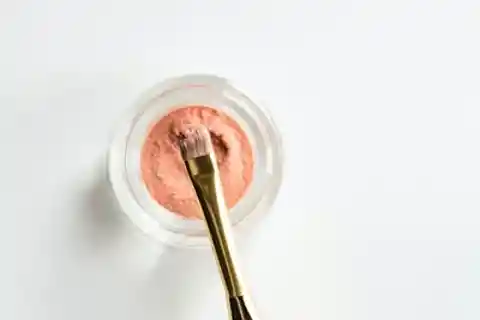
The goal is to mimic the natural color that emerges when you’re genuinely blushing.
Overlined lips
Drawing outside the natural lip line used to be the trick to fuller lips, but sometimes, it ventured into a state that was noticeably artificial.
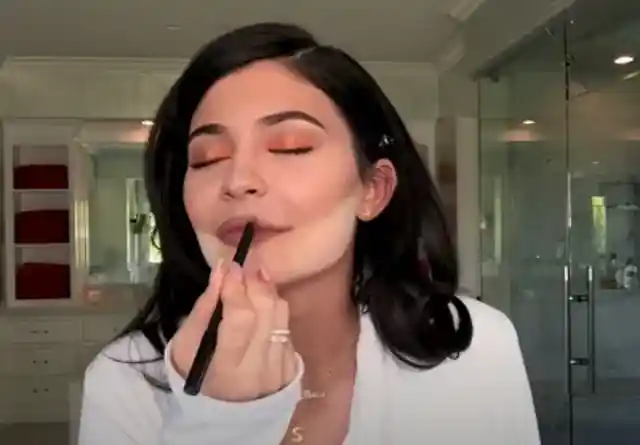
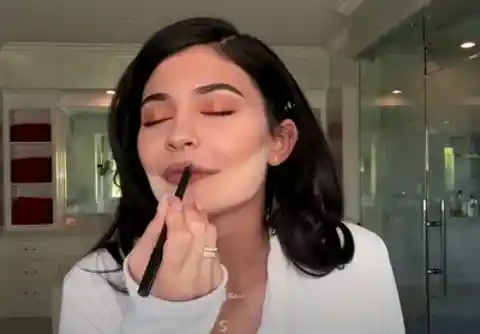
These days, to enhance lip volume, consider lip liners that closely match your lipstick shade. Fill the lips evenly and apply a gloss in the center for a plumping effect.
Frosty lipstick
Though popular in the 90s and early 00s, frosty lipstick shades – especially in pale, shimmery colors – can be unflattering on many skin tones and can wash out the lips.
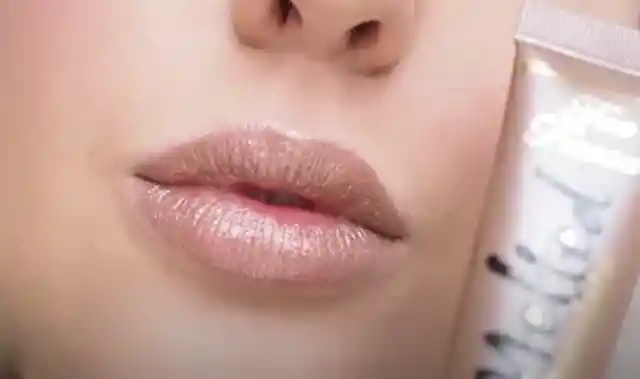
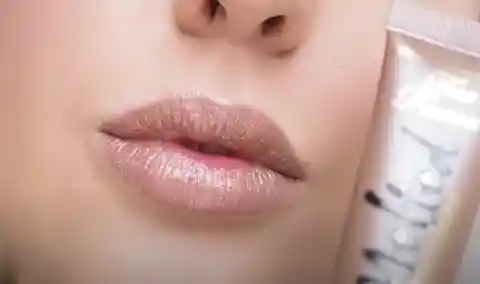
For a luminous lip look without the dated frosty finish, consider sheer lip glosses or satin lipsticks. These formulas provide a glow without the overpowering shimmer.
Heavy lower eyeliner
Thick lower eyeliner can make a statement, but it often overshadows the eyes, making them appear smaller. It can also end up smudging, leading to a less than put together look.
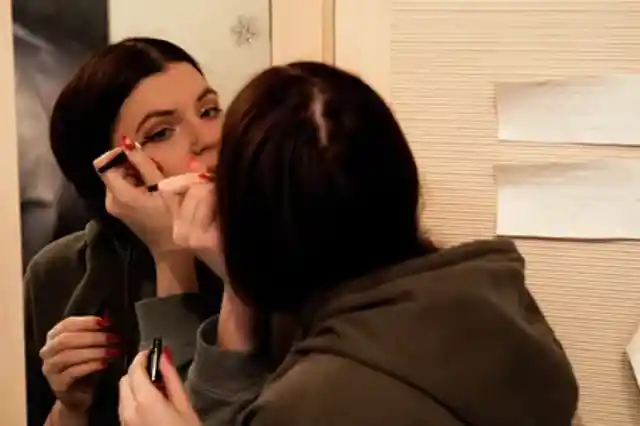
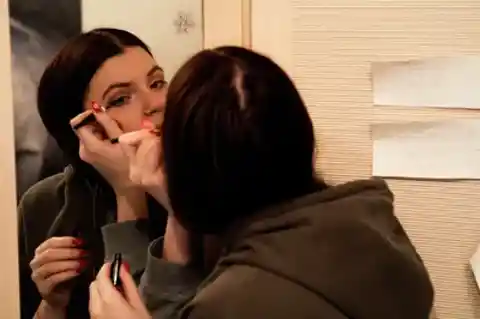
Balance is key. Lightly line the lower lash and blend it out for a soft, smokey effect. To open up the eyes, emphasize the upper lash line and use mascara on upper lashes.
Mismatched foundation
Using a foundation that doesn’t match the neck or undertone results in a noticeable contrast, breaking the illusion of seamless skin.
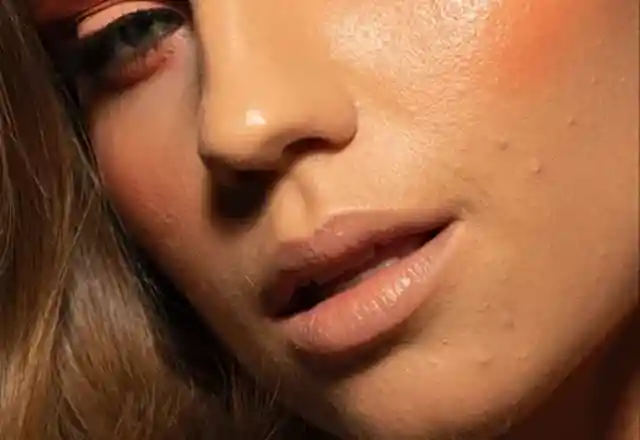
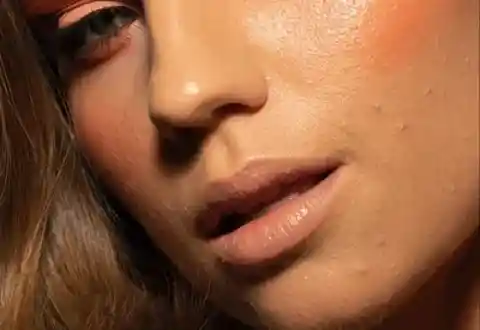
This mismatch used to be commonplace, but nowadays it’s better to take your time to find your perfect shade to avoid those undesirable mismatches. Swatch on your jawline, and don’t be afraid to mix shades or products if needed.
Over-plucking eyebrows
In the early 00s, super thin eyebrows were all the rage. But, over-plucking led to nearly vanished brows, losing the frame they provided to the face.
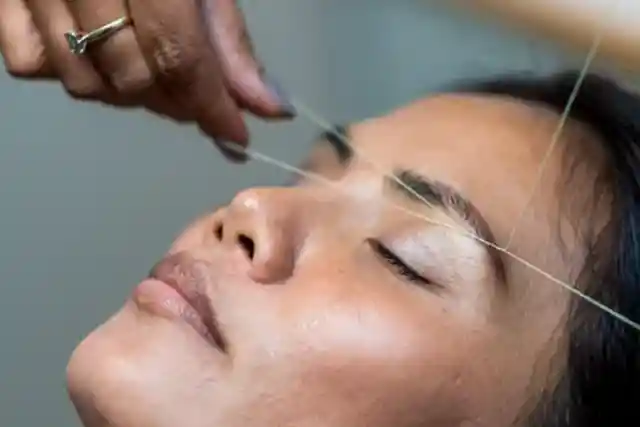
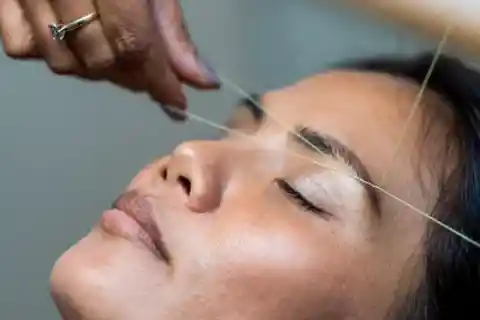
Embrace your natural brow shape and use products sparingly to fill in gaps or enhance shape. Brow gels and fine-tip pencils can work wonders in creating natural, fuller brows.
Overpowdering
Excessively powdering the face, particularly with matte setting powders, can suck out the luminosity and vitality, resulting in flat and lifeless looking skin.
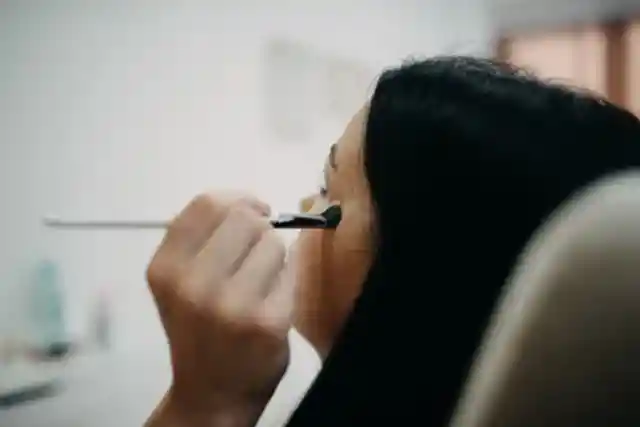
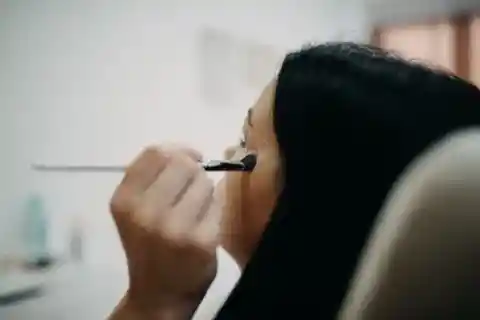
Today, the emphasis is on a balanced finish. A light touch of powder just to set the makeup, paired with highlighters, can create a multidimensional look that’s vibrant and fresh.
Block eyebrows
Heavily filled-in eyebrows that lack natural gradient or texture tend to appear as if they’ve been stamped on. The current trend favors eyebrows that are full whilst still looking natural.


Techniques like microblading and the use of fine-tipped brow pencils aim to mimic actual hair, creating a brow that’s both defined and realistic.
Harsh contouring
Over-sculpted cheeks, stark nose lines, and pronounced jawlines without proper blending can often end up looking theatrical and dated. Softness is the key.
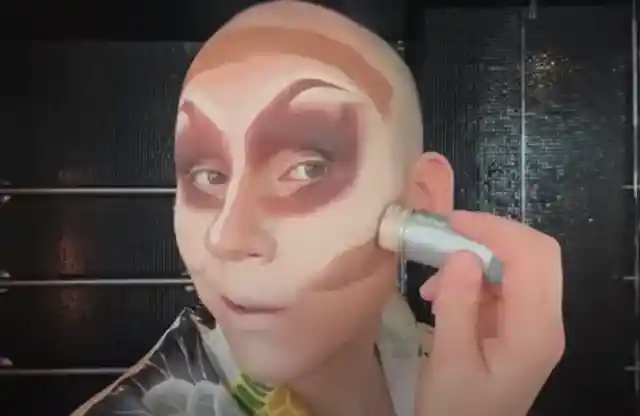
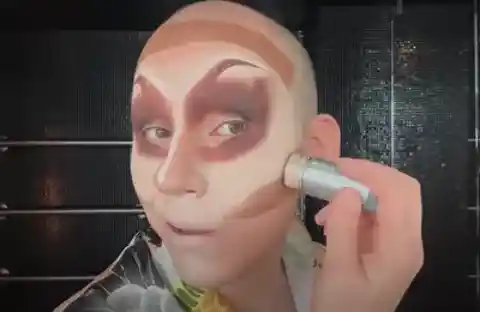
Modern contouring is about enhancing your natural bone structure subtly. It’s all about the art of blending to create a soft, sculpted look.
Unblended eyeshadow
Using single, vivid eyeshadow shades appear jarring and unfinished. Today’s eyeshadow techniques celebrate gradients and the play of light. Blending is key.
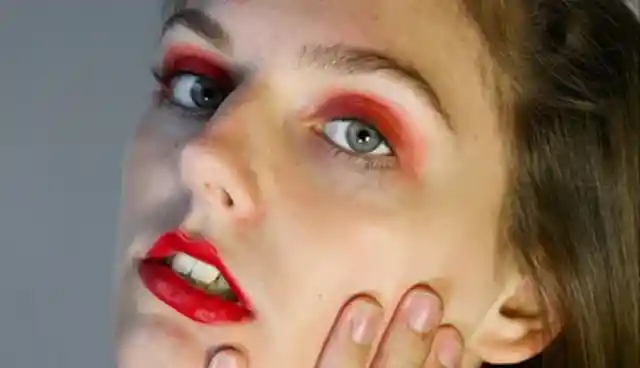
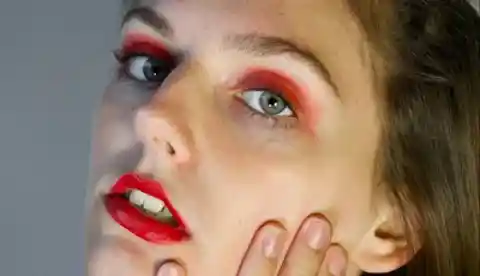
Make sure to blend to ensure that colours transition smoothly from one to the other, creating depth, dimension, and a polished finish.
Fake beauty marks
Beauty marks were once iconic symbols of glamour. However, when overemphasized or improperly placed, they can divert from natural elegance.
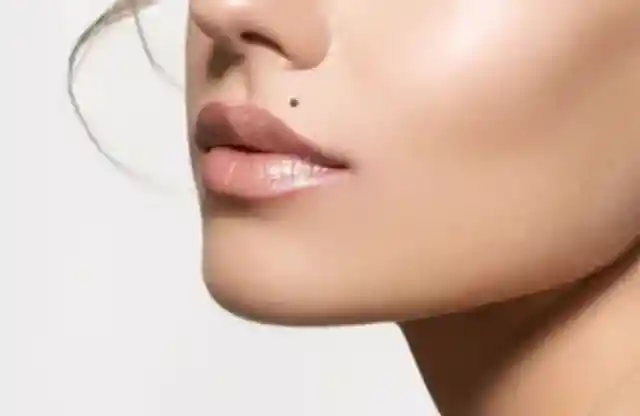
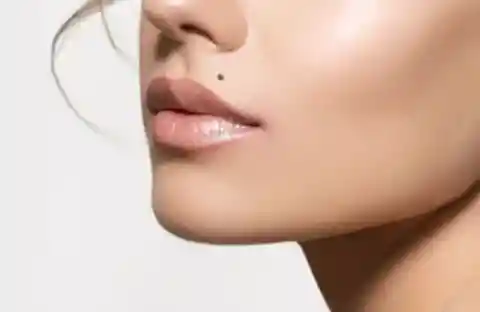
If you love the idea of a beauty mark, keep it subtle. Place it where it complements your features, and ensure it’s soft and believable in size and shade.
Matte everything
There’s a charm in a matte look, but an all-over matte complexion can appear flat and void of life. Strike a balance. If you’re going matte on the lips, introduce some luminosity on the cheeks.
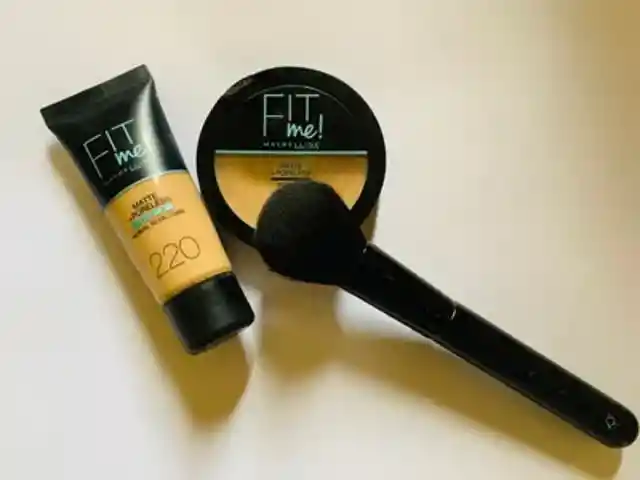
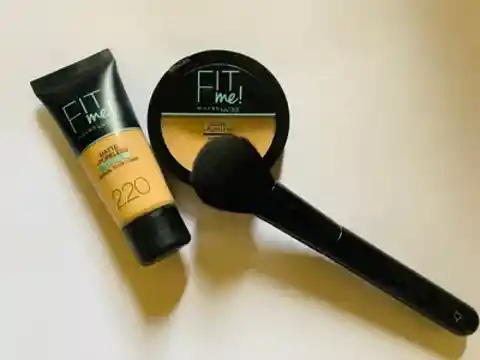
A slight sheen or glow can breathe life into a matte-dominated look.
Ignoring eyebrow shape
Eyebrows are as unique as fingerprints. Filling them in without considering the inherent shape can lead to a messy appearance. Respect the brows.
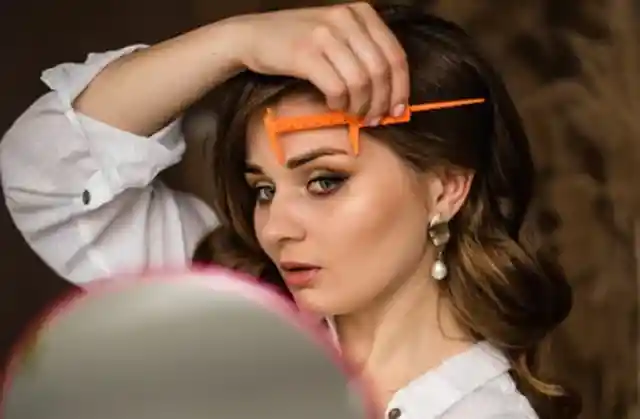
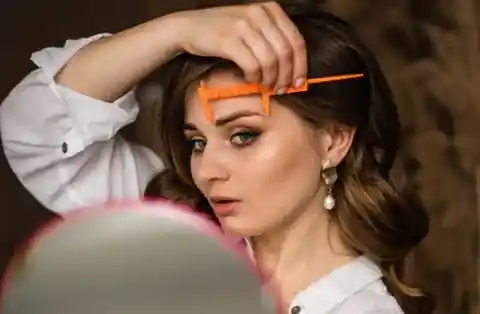
Work with what you have, and lightly fill in only where needed. Eyebrow gels can enhance and set your natural arch, giving a more tailored look.
Not blending
Makeup is an art, and blending is a crucial step. Gone are the days when harsh lines were in vogue. Unblended concealer, especially under the eyes, can create jarring contrasts.
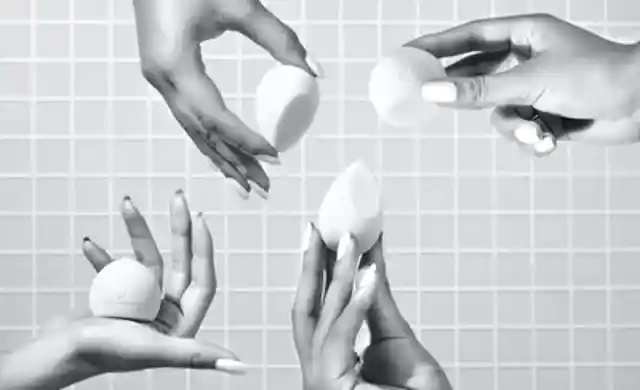
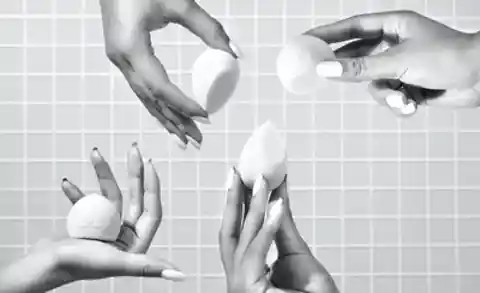
Take a moment more for blending. Using a damp beauty sponge or your ring finger, softly blend out concealer.
Ignoring your skin’s undertones
The right product in the wrong undertone can ruin the look. A mismatch can make makeup appear off, be it foundation, concealer, or blush.


Know your undertones—warm, cool, or neutral. This knowledge guides you in choosing products that meld beautifully with your skin, offering a natural and radiant finish.
Applying blush to apples only
Concentrating blush solely on the apples of the cheeks gives a doll-like effect that can often make the face look rounder and less dimensional. Instead of limiting blush to just the apples, consider blending it upwards along the cheekbones, towards the temples.
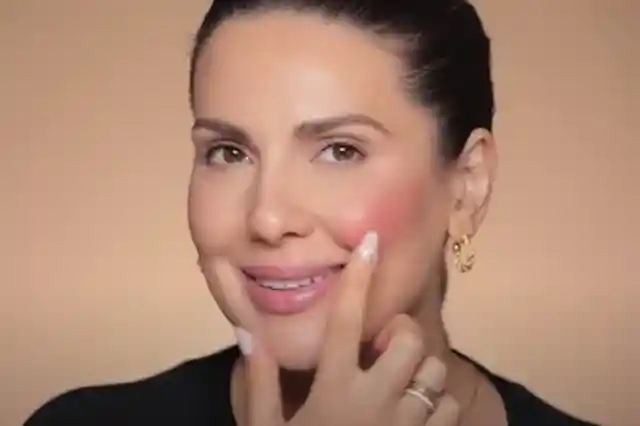
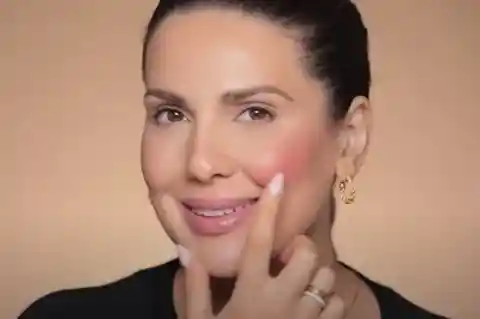
This technique not only lifts the face but also imparts a natural flush that mimics how we naturally blush when flushed or excited.
Caking on concealer
Applying heavy layers of concealer, especially under the eyes, can settle into fine lines, leading to a creased appearance and drawing attention to wrinkles.
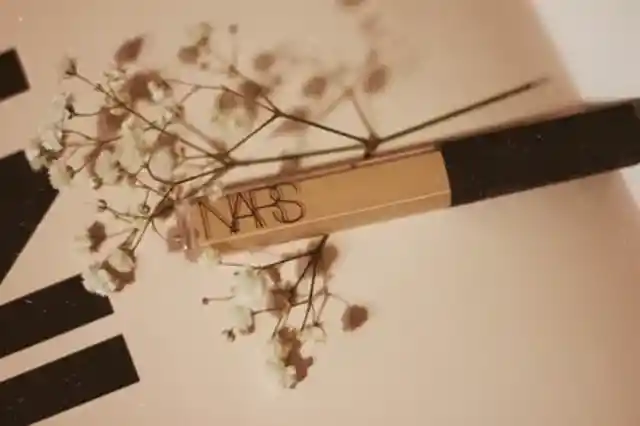
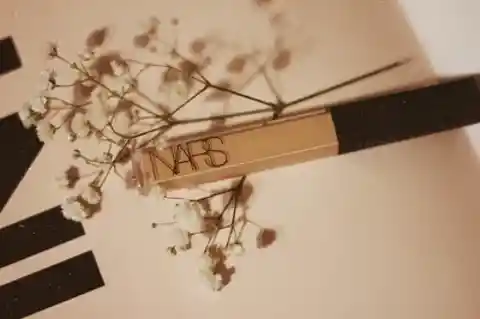
Less is more when it comes to concealer. Opt for lightweight, hydrating formulas and apply sparingly. Blend well and, if necessary, set with a finely milled setting powder to prevent creasing.
Neon overload
Remember when neon was everywhere? Neon shades are fun and vibrant, but moderation is key. Choose one feature to highlight with a neon shade and keep the rest of the makeup more subdued.
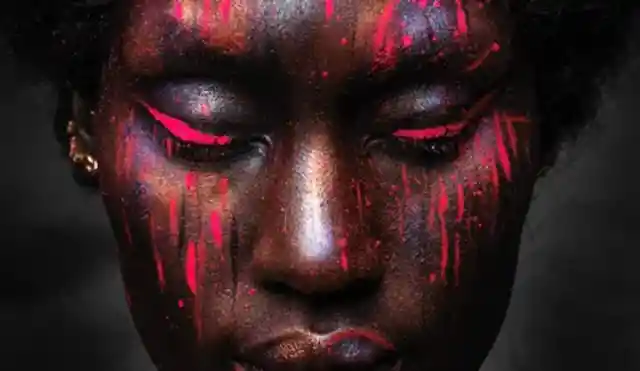
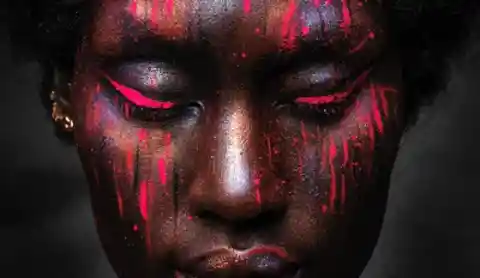
This creates a focal point and ensures that the look remains balanced.
Overuse of glitter
Glitter used to be in almost every product, and we were constantly hoovering it up! While it can add sparkle and drama to a look, going overboard can make the makeup appear chaotic and less refined.
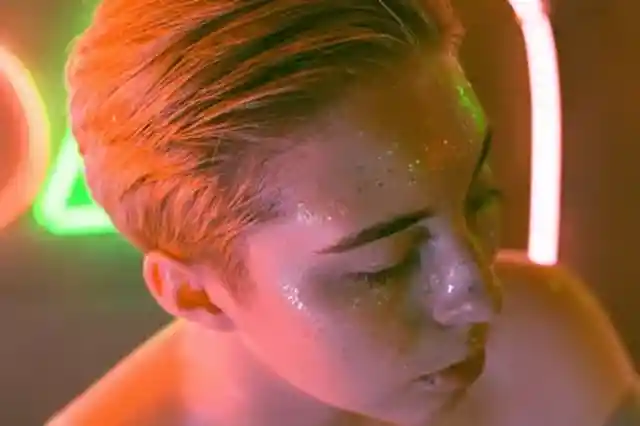
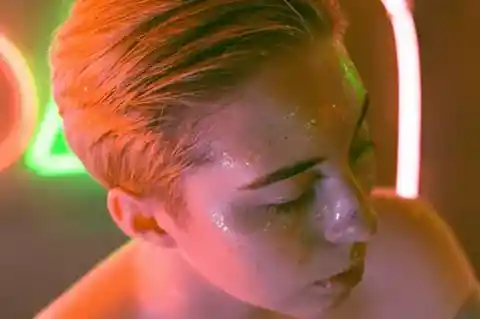
Use glitter strategically. A touch on the eyelids or a hint on the lips can add a sparkly touch without overwhelming the face.
Using one shade for everything
There was a time when matching everything was the mantra – eyes, cheeks, and lips would all wear the same shade. While this gives a certain unified look, it lacks dimension and depth.
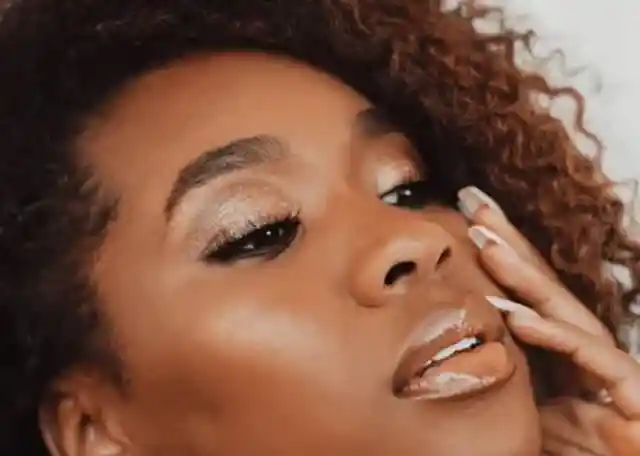
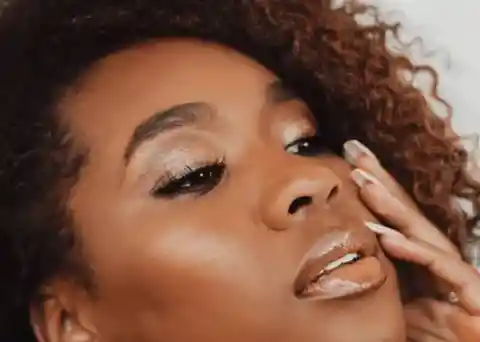
Today’s makeup world celebrates diversity in colors and textures. It’s about harmony, not uniformity. Layering different shades and textures can provide a more dynamic and vibrant appearance
Over-contoured nose
The right contouring technique can enhance and define features. But when it comes to the nose, over-sculpting can be all too evident, leading to an unnatural appearance.
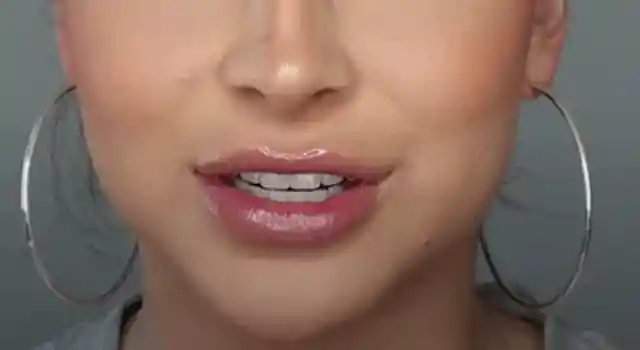
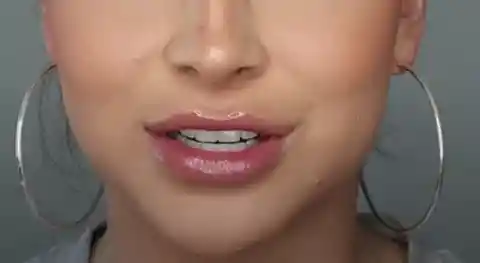
Less is more. Gentle shading and highlighting, accompanied by impeccable blending, can subtly refine the nose’s shape without it shouting ‘contoured!’
Using old mascara
There’s nothing quite like the sight of clumpy, spidery lashes to take us back a decade. Using mascara that’s past its prime not only results in uneven coating but can also be a breeding ground for bacteria.
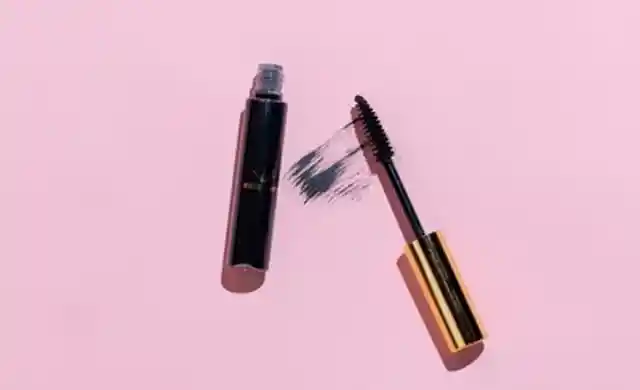
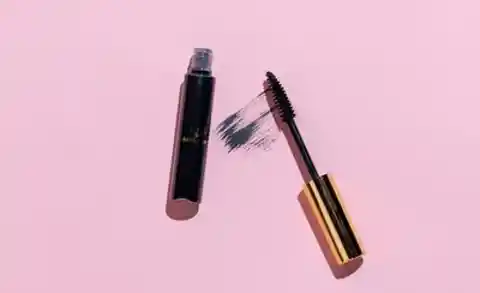
Make sure to replace your mascara every 3-6 months and look for formulas that glide on smoothly without clumping.
Using hands only
Fingers might be nature’s tools, but relying solely on them can lead to streaky foundation or uneven eyeshadow. Plus, there’s the whole transferring-oils-from-your-fingers issue.
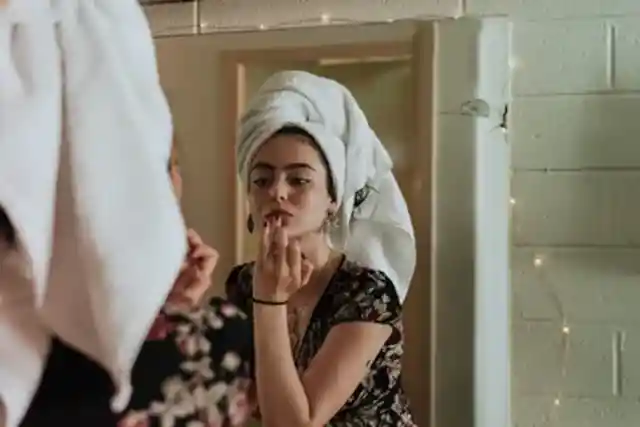
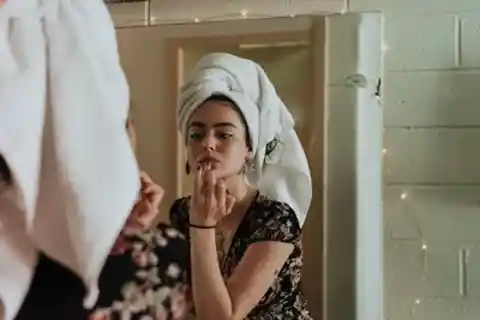
Brushes and blenders are game-changers. They help achieve a flawless finish, evenly distribute product, and can also reduce potential skin breakouts from oily fingers.
Misguided foundation testing
Swatching foundations on the wrist or hand might be an Instagram trend, but it’s often misleading.
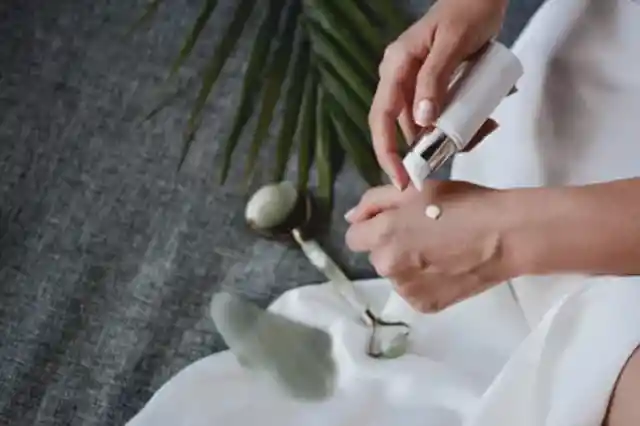
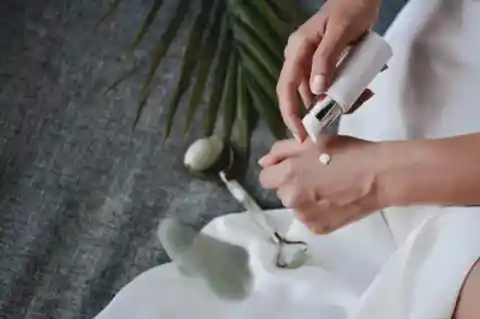
Our hands usually don’t match our facial skin tone. For an accurate shade match, always test foundation on your jawline; it bridges the tone of your face and neck.
Using just one makeup product for correction
Relying solely on your trusty concealer to mask all imperfections? Redness, dark circles, and spots have different undertones and need targeted solutions. Enter color correctors.
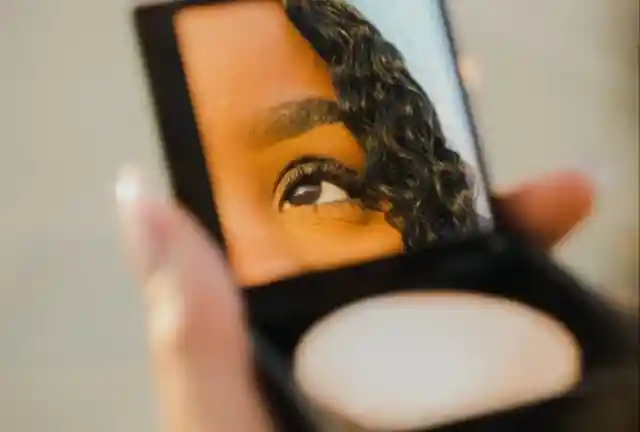
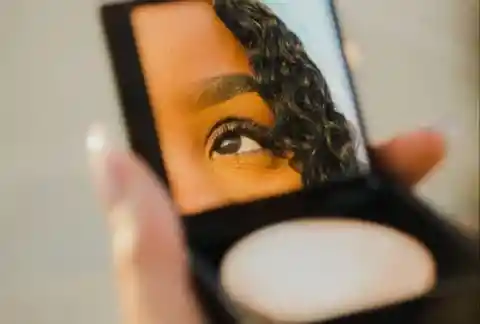
These come in various shades to combat specific skin concerns. For instance, a peach corrector can combat blue-toned dark circles, while green can neutralize redness.
Neglecting the neck
A perfectly matched and blended face, but a contrasting neck, is a makeup faux pas we’ve all seen (or perhaps committed). It’s like wearing a mask.
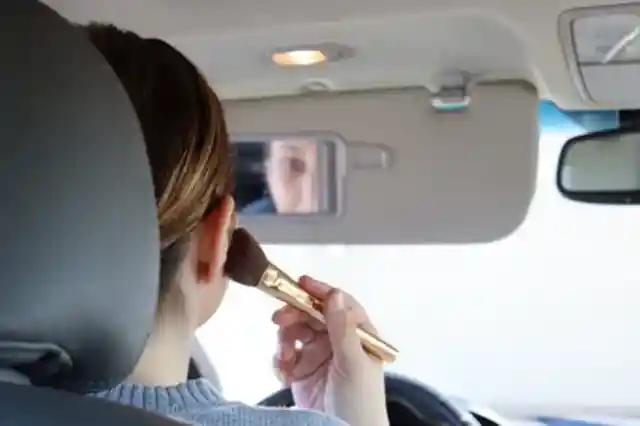
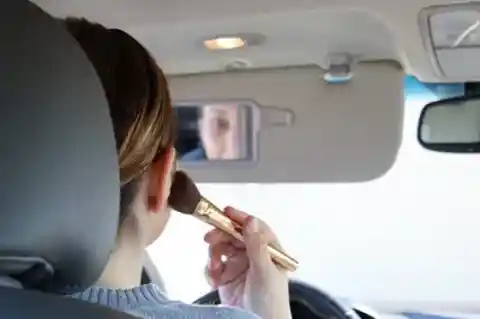
Your neck is an extension of your face, and it’s crucial to ensure your foundation and contour shades blend seamlessly down.
Using a dry sponge
You might think using makeup sponges dry is okay, but you’d be mistaken. Wetting them not only ensures a more even application but also conserves your product.
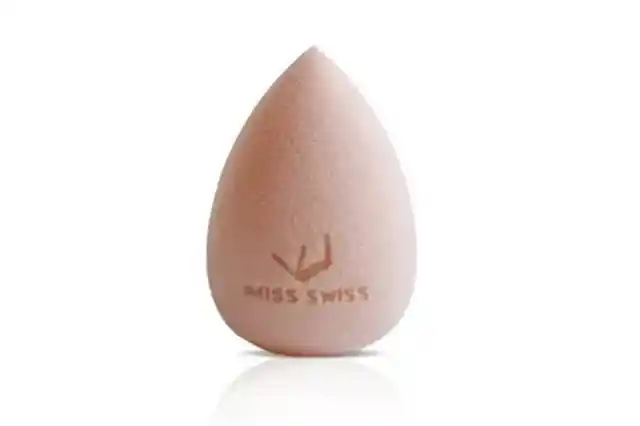
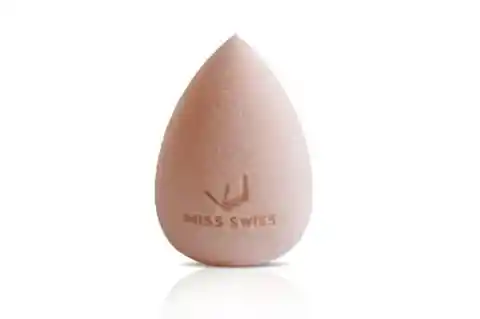
Before applying makeup, saturate the sponge, squeeze out the excess water, and witness a beautifully blended finish.